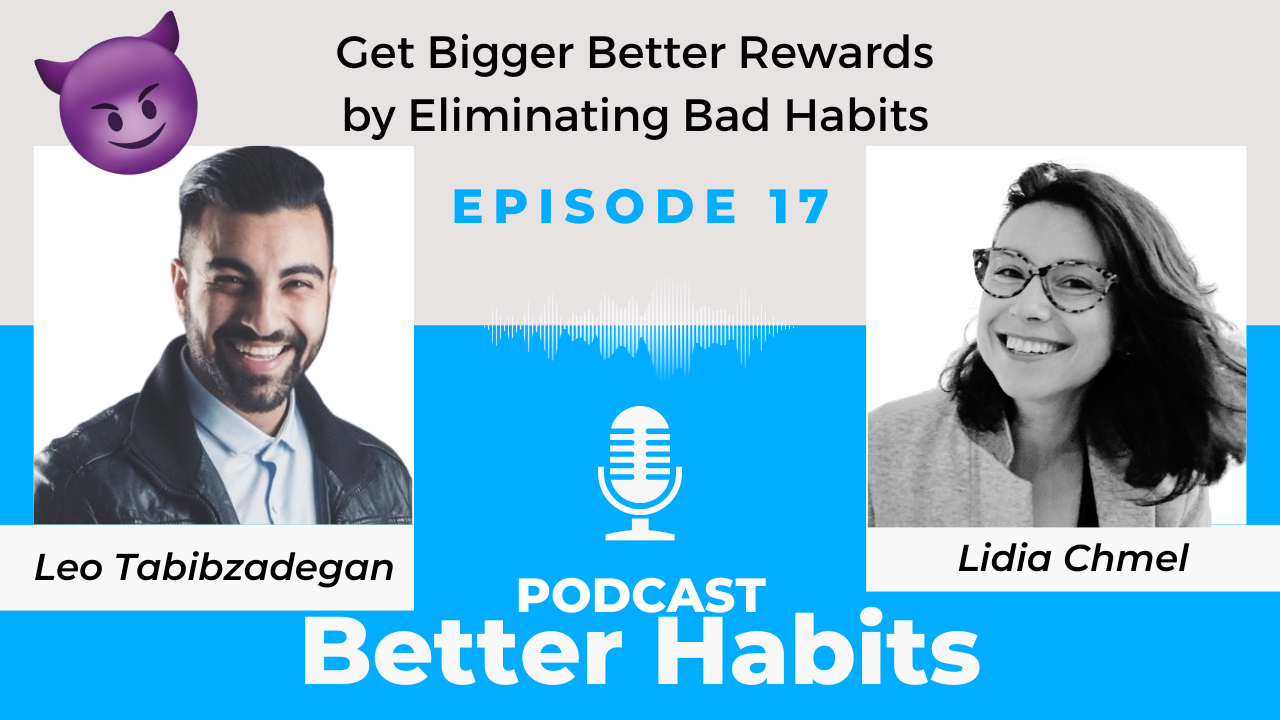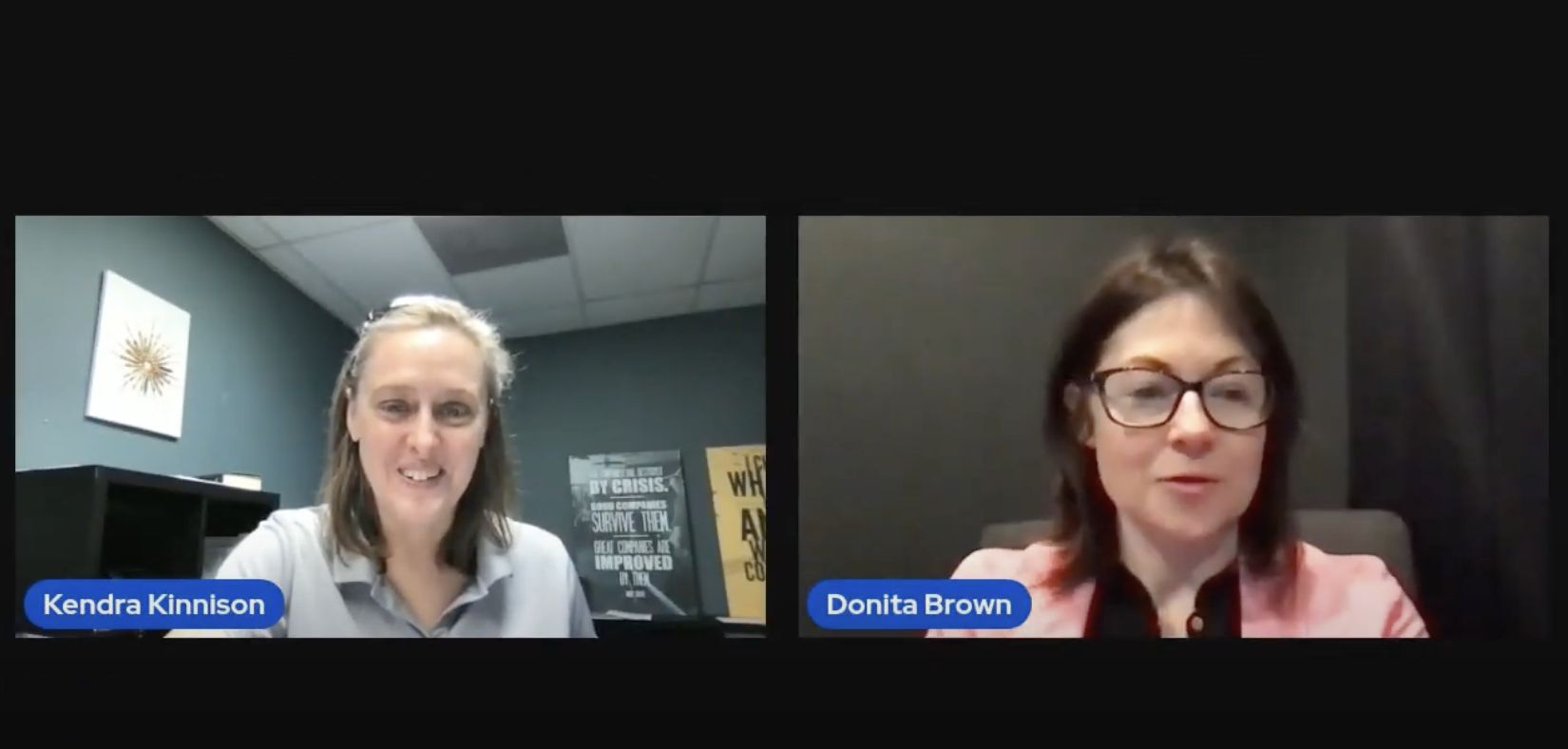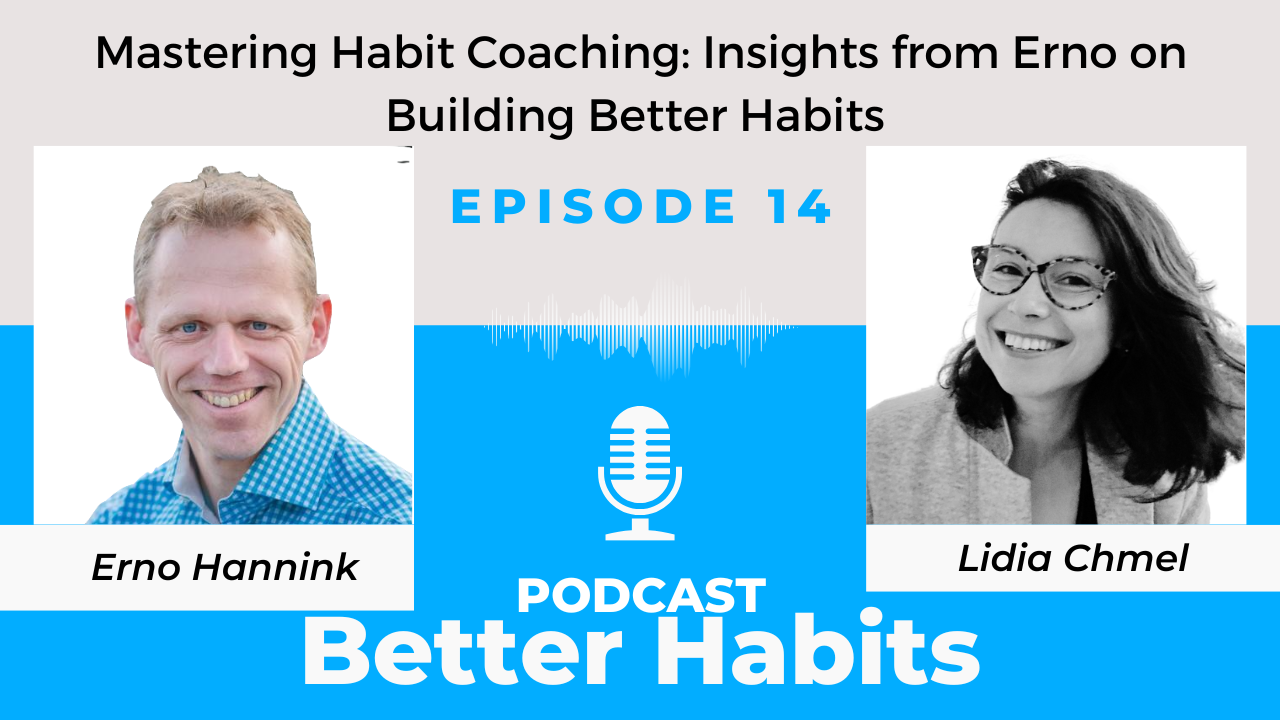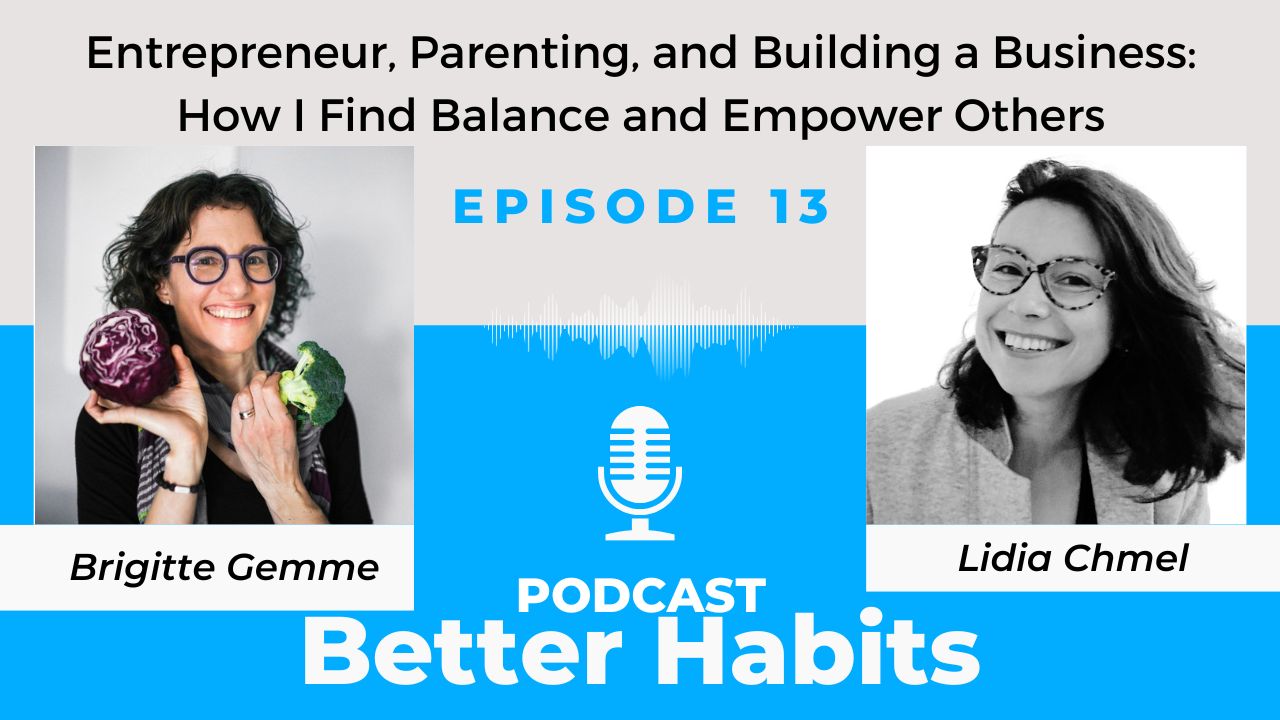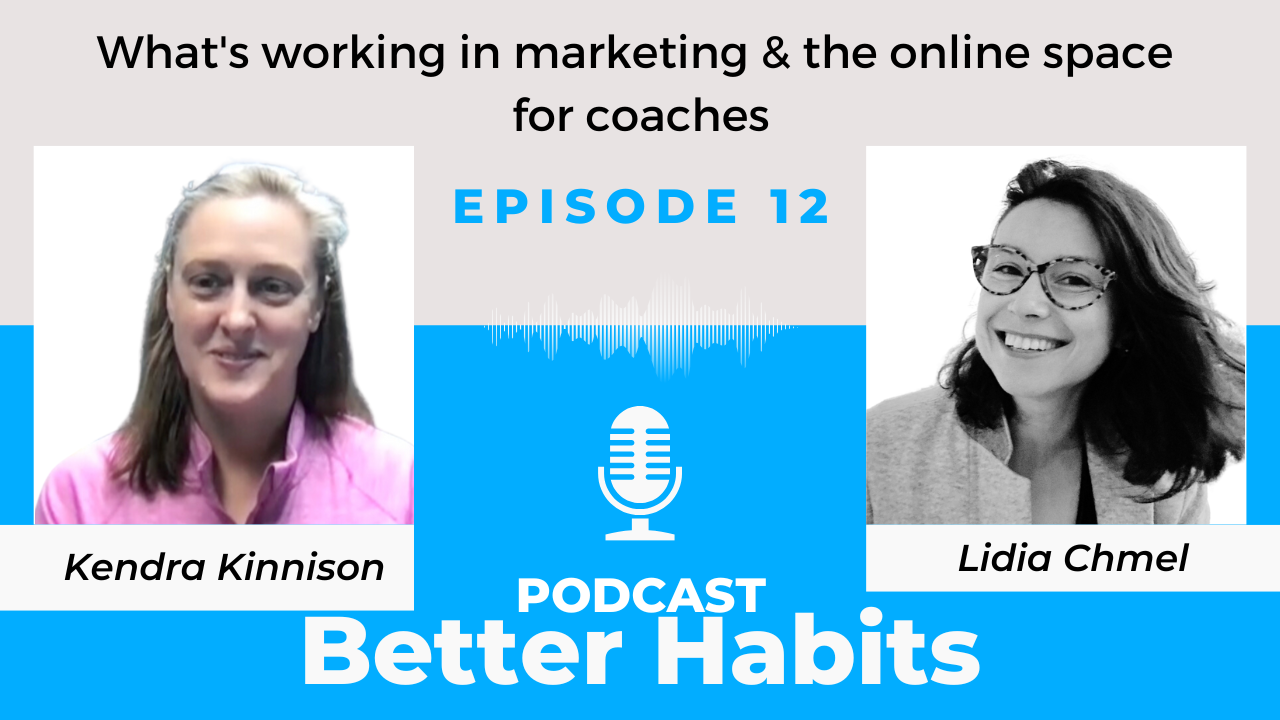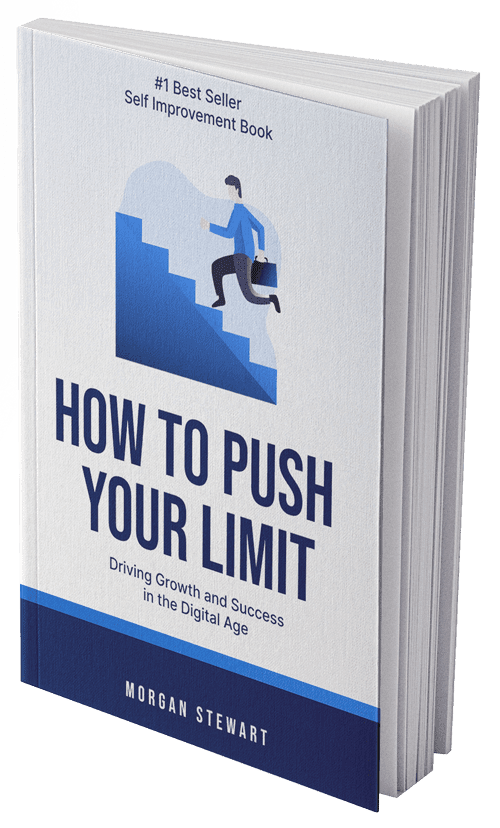In this article, we’ll cover how to create an eBook for your prospects.
An eBook is one of the best ways to get coaching clients because it lets you sweeten any initial offer or invitation.
You’ll use your eBook to remove any perceived risk for potential clients:
“The initial consultation is free, and I’ll you’ll leave with my eBook on XYZ whether you decide to continue or not.”
In the exercise below, we’ll focus on your very first eBook.
If you want, your second eBook can be a hundred-page masterpiece.
But your first eBook should be something you can create today.
We’re serious. An eBook doesn’t have to be long. It just has to be useful and appealing.
How to Create an eBook for Your Prospects
The shortest useful eBook you can make is a workbook.
A workbook is about 3-6 pages long, and has five parts:
- A title. It’s only one sentence, but you’ll have to put a lot of thought into it.
- An intro. Many people who read your eBook won’t know much about you, so you’ll need to introduce yourself.
- A primer. This is where you show off your knowledge briefly. If you’ve ever written a blog post, you can use that as your starting point.
- A series of exercises. This is what makes the eBook format useful. If the reader does the exercises, their life will be better, and they will credit you for it.
- A call to action. Your eBook is a sales tool. If the reader liked your exercises, they should hire you.
Let’s have a look at each of these parts individually with examples from Coach.me coach Niklas Goeke.
1. The Title
Your eBook title should emphasize the positive change readers will take away.
Write a title based on the biggest benefit the reader will experience.
Then use CoSchedule’s headline analyzer, and tweak your title until you get a headline score of 75 or better.
2. The Intro
Who are you? What do you coach and why that topic? What can people expect from the book?
Example:
Welcome! My name is Nik, and when I’m not helping people set goals and stay accountable to them, I’m a writer, college student, and a black hole for pizzas.
After experimenting a lot with my own approach to how I set and chase goals, I realized for me, breaking things down into tiny packages and tracking them to a tee is what gets results. Many people are frustrated because their goals are fuzzy and so they forever feel out of reach.
Hence, I’d like to share my approach with others. That’s why I’m a coach, and that’s what this ebook is about. After reading it, you’ll know:
- How to make a vague goal very specific with a trackable metric.
- How you can break that metric down into manageable daily chunks.
- What you can do to seamlessly integrate those chunks into your day.
3. The Primer
Share a surprising insight about your topic that challenges common knowledge.
What’s the most important thing people in stage X need to know?
How do you use this knowledge to help people get Y result?
Example:
Common sense tells us setting goals is enough. We think, we visualize, maybe even write down what we want, yet 92% of people still fail their New Year’s Resolutions. That’s because we forget the most important part: making our goals trackable.
If you don’t know when to stop losing weight, you’re already frustrated before you start. But 20 lbs in 20 weeks? That’s a pound a week and, thus, feels doable.
In my coaching, I help people define a target number for their biggest goal that they can work towards, and then we derive weekly milestones from that.
Possible testimonials: “My perspective about [topic] changed when I read this book.”
4. The Exercises
Share a series of exercises that go from easy, to intermediate, to advanced.
Or, alternatively, a 3-step plan.
Example:
Keeping this theme of specifying and tracking in mind, I’ve designed a 3-step plan that helps you go from fuzzy goal to daily to do’s.
Exercise #1: Turning Your Goal Into A Number
Let’s stick with the goal of losing weight. What’s the target? 20 lbs. Good. Now, can you transform that number into one that allows you to decrease it in a meaningful way every week? For example, 20 lbs won’t go down as fast as 320 oz. [Continued explanation]
Exercise #2: Breaking your number into weekly and daily chunks.
[Explanation]Exercise #3: Carving out MIT time.
[Explanation]
Possible testimonials: “I learned [lesson] from doing this exercise and have seen [example] results.”
5. The Call to Action
Where can people find out more about you?
Example:
How’s your goal looking right now? I hope this ebook helped you transform it from a fuzzy idea to a specific target that feels attainable. If you want to learn more about goal setting, I’ve written extensively about it at niklasgoeke.com. If you need more help and would like to work together 1-on-1, you can find me on Coach.me.
How to Design Your eBook
If you already have a tool that you use to make pretty documents, use that.
Many people use Word or Pages.
If you do not, then we recommend a service called Beacon.by.
Beacon gives you well-designed templates and lets you load in your existing blog content.
How to Share Your eBook
At first, you’ll just email your eBook to people.
Later, you’ll find it’s more convenient to have a link.
You can upload your eBook to Google Drive or Dropbox and then share the download link there.
You shouldn’t worry about your clients sharing that link.
That’s never a big problem.
Then, much later, you may try selling your content directly.
We recommend the service Gumroad.
Now, Create an eBook for Your Prospects!
Include a title, intro, primer, exercises, and a call to action.
Aim for “good enough,” 3-6 pages, and simple design.
If you want, you can download our complimentary workbook here (coming soon!).
It will help you create an eBook for your prospects in just a few hours.
Did You Like This Article?
If so, you’ll love our step-by-step guide on How to Get Coaching Clients in 2020 (coming soon!).
Download it now to create your unique coaching offer, attract your ideal clients, and ensure a steady flow of new customers.

